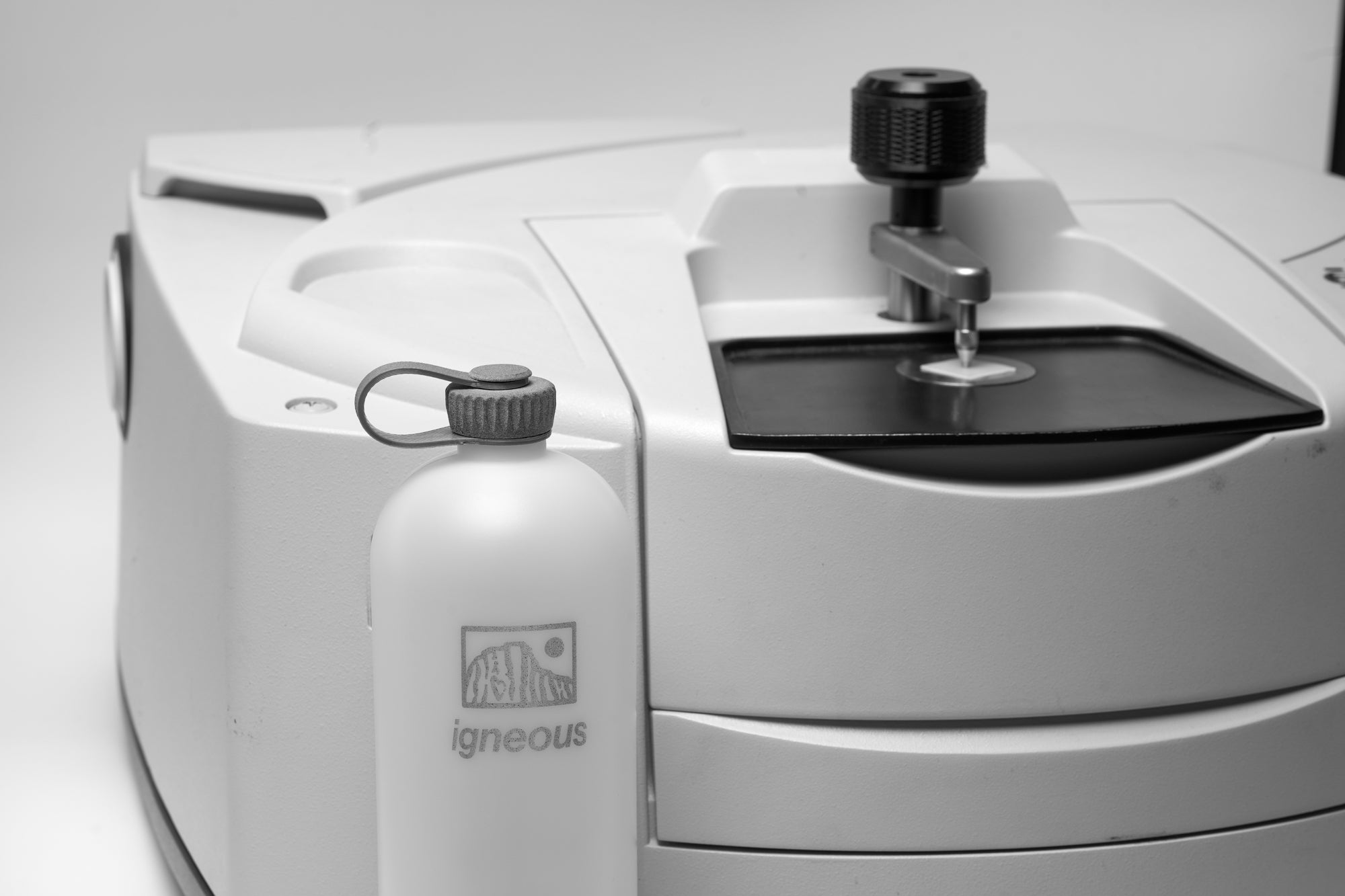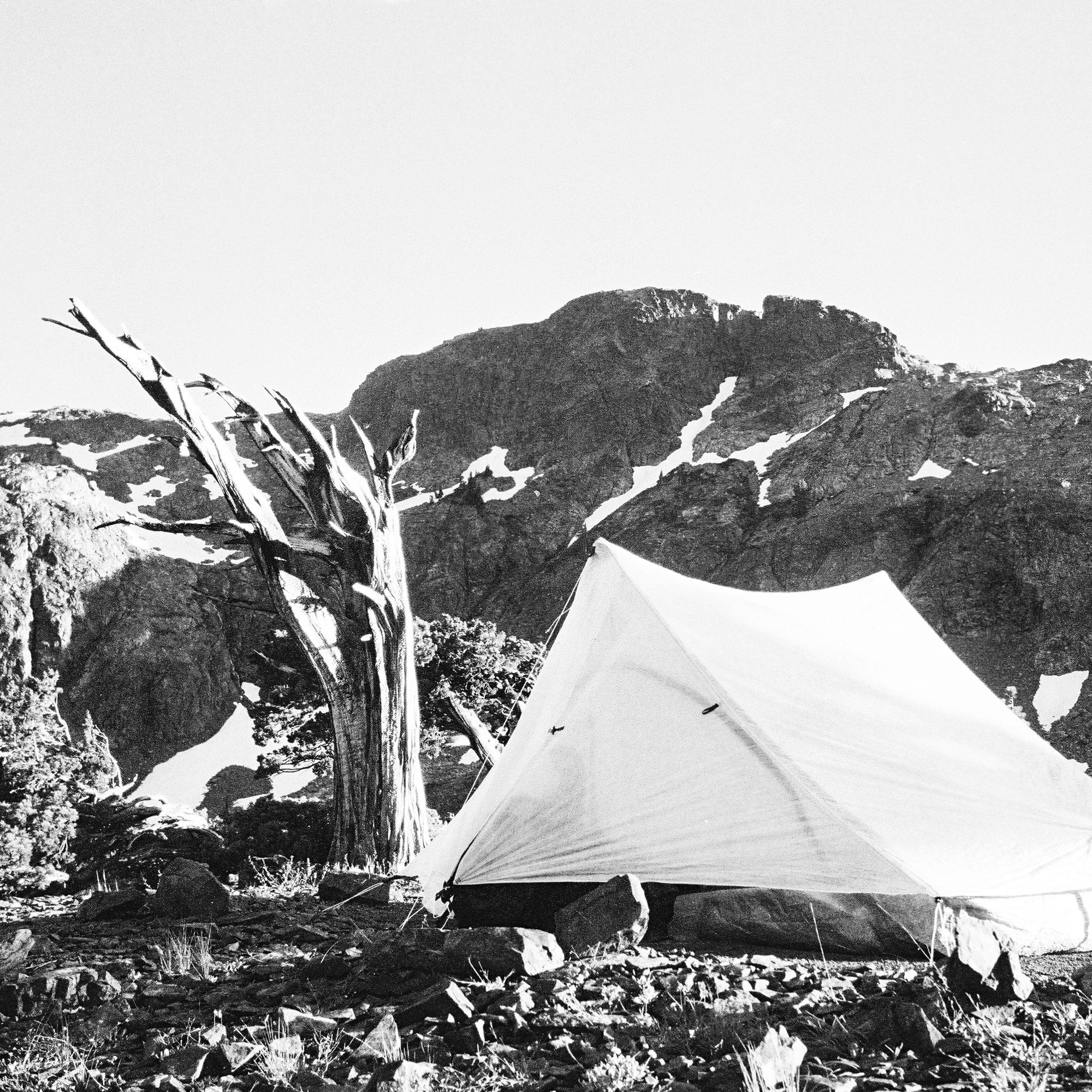Answer a few quick questions and we’ll recommend the best-fit kit for your style of backpacking. No fluff—just a clear call.
Why Field Repair Matters
On long trails, the cost of a small failure isn’t just gear—it’s time, safety, and miles lost. A repair system should be light, specific to common failures, and fast to deploy. Igneous builds around compact components that cover fabric tears, inflatable leaks, abrasion spots, and small hardware fixes—without turning your hip belt pocket into a toolbox.
Kits at a Glance (Contents & Weights)
- Repair Spool — 32 g (assembled): Gorilla Tape 1.88 in × 1 yd, bonded nylon thread 3 yd, needles (2×: 34 mm × 0.6 mm), Threadlock patches (4× 36 × 28 mm), Airlock patches (2× 36 × 28 mm).
- UL Repair Spool — 14 g (assembled): Gorilla Tape 1 in × 1 yd, bonded nylon thread 3 yd, needle (1×: 34 mm × 0.6 mm). To our knowledge, the lightest repair kit with both tape and sewing available.
- First Aid & Repair Kit — 70 g (pouch 130 × 90 × 20 mm, weatherproof DCF with YKK Aquaguard zipper): full first-aid set + UL Repair Spool, Threadlock (4), Airlock (4), super glue (1), water purification tablets (10).
Repair Spool (Full Capability in Pocket Form)
Built for hikers who want one pocketable unit that can patch, reinforce, and sew. The mix of Gorilla Tape, bonded nylon thread, and both patch types covers fast stabilization and longer-term fixes. Clean and dry surfaces before applying patches. You get most performance immediately; bond strength continues to build as the adhesive cures.
UL Repair Spool (Bare Minimum, Still Real Fixes)
For trips where grams matter and fixes are likely minor, the UL version keeps essentials: 1 in × 1 yd tape, 3 yd bonded nylon, and one needle, at just 14 g. To our knowledge, it’s the lightest kit that includes both tape and sewing capability—useful for fastpacking and minimalist kits.
First Aid & Repair Kit (One Pouch, Real Coverage)
- Pouch: Weatherproof DCF, YKK Aquaguard zipper, 130 × 90 × 20 mm, 70 g total.
- First Aid: Waterproof bandages (6), alcohol wipes (8), gauze pad (1), Leukotape (1 yd), antibiotic ointment (4), sting relief (3), Advil (3 pouches), Benadryl (2 pouches), diarrhea medication (2).
- Repair & Utility: UL Repair Spool (1), Threadlock patches (4), Airlock patches (4), super glue (1).
- Survival: Water purification tablets (10).
One pouch that handles blisters, cuts, fabric tears, and pad/bladder leaks without hunting across pockets.
Patch Selection: Threadlock vs. Airlock
- Threadlock (woven fabrics): Packs, garments, and tent canopies made from woven polyester/nylon.
- Airlock (TPU substrates): Inflatable sleeping pads, water bladders, and TPU-coated fabrics.
Apply to clean, dry surfaces. Use immediately if needed; expect bond strength to increase during cure toward full performance.
Application Workflow (Fast, Repeatable)
- Locate & prep: Wipe with an alcohol wipe until clean and dry.
- Choose patch: Threadlock for woven fabric; Airlock for TPU/inflatables.
- Apply: Center the patch; press from middle out to purge air.
- Pressure: Burnish firmly (thumb or smooth tool) to seat the adhesive.
- Set: Use right away if needed; bond continues to strengthen as it cures.
Failure Modes & Edge Cases (What to Watch)
- Contamination: Oils, sunscreen, DWR residue, dust reduce adhesion—alcohol wipe first.
- Moisture & cold: Wet surfaces interfere with pressure-sensitive adhesives—dry before patching. Extreme cold can feel less tacky during application.
- Silicone-coated fabrics (silnylon/silpoly): Poor adhesion for most patches—sew, then tape over stitches for abrasion protection.
- High-shear zones: Patch edges at tight seams/flex points may lift—choose a larger footprint or combine stitching + tape.
- Inflatables under pressure: Deflate fully before patching; avoid creases at seams/corners where stress concentrates.
Tape & Sewing: When to Use Which
- Tape first for fast reinforcement, fraying edges, delamination flaps, and shoe/sole issues.
- Sew when structural (load-bearing straps, webbing bar-tacks, panel seams); then tape over stitch lines to protect thread from abrasion.
Maintenance & Resupply
- Most used first: Alcohol wipes, bandages, tape, and Threadlock patches.
- Storage: Keep kits dry and accessible; avoid loose fabric lint on patch surfaces.
- Restock cadence: Replace used patches, wipes, and meds after each trip; keep the UL Repair Spool intact inside the First Aid & Repair Kit.
FAQ
Will Threadlock stick to silnylon? Not reliably. Stitch first, then tape as abrasion protection.
Can I patch a bladder or pad while it’s damp? No—dry the area fully before applying Airlock.
How strong is the patch right away? Strong enough for typical trail use; bond strength increases as the adhesive cures.
Why two tape widths? 1.88 in covers larger tears and supports splints; 1 in targets seams and saves weight on the UL kit.
What are the needle specs? 34 mm length, 0.6 mm diameter—small enough for precise work, stout enough for webbing bar-tacks.



